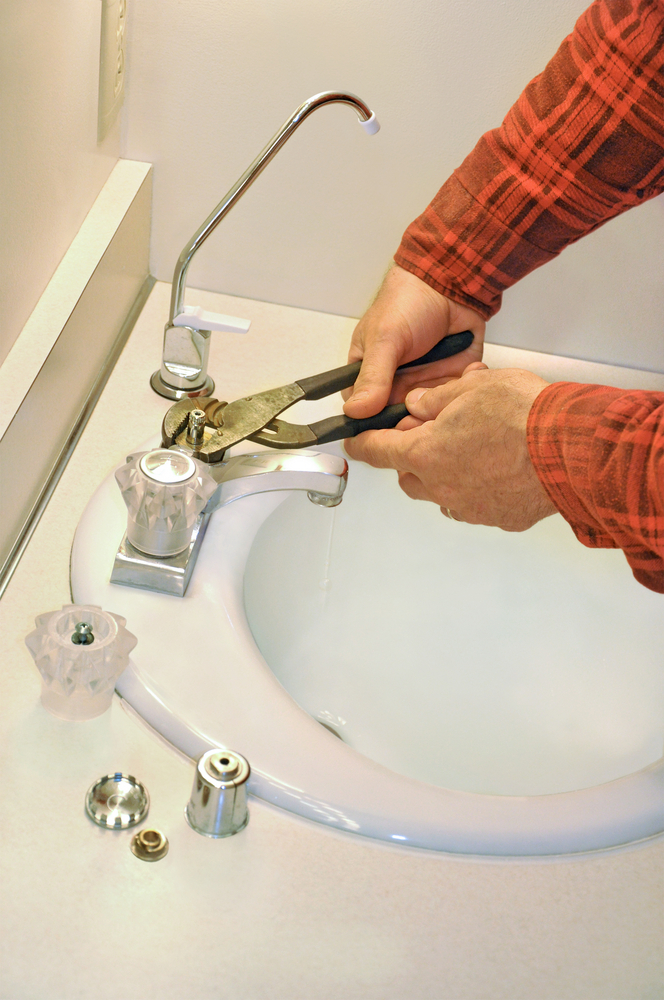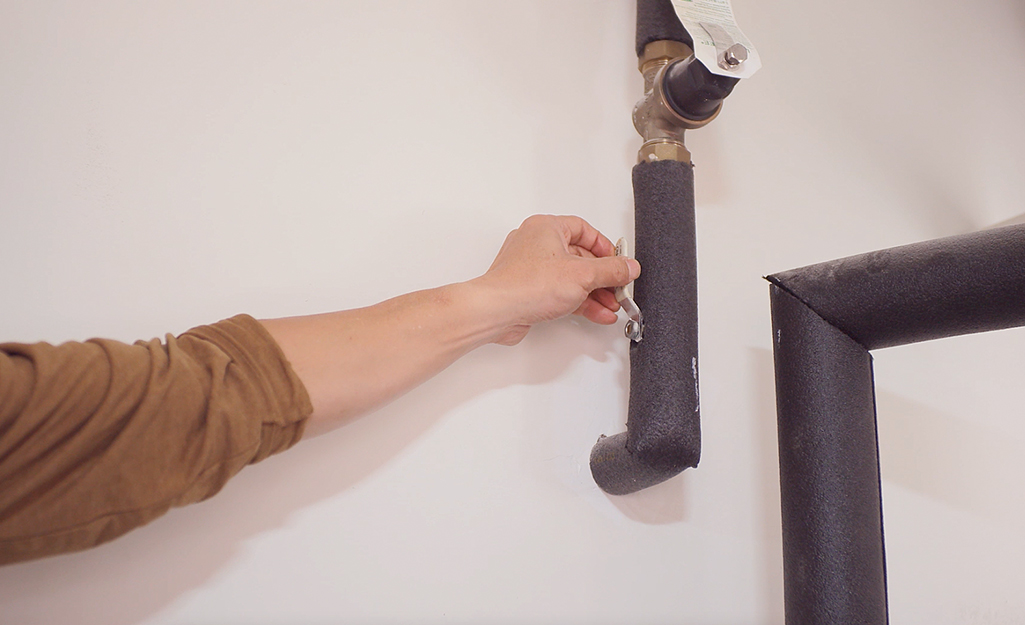Why It's Essential to Correct a Dripping Faucet
Why It's Essential to Correct a Dripping Faucet
Blog Article
Everyone will have their own unique piece of advice involving Why Are My Faucets Dripping (And Can I Fix It Myself)?.

Dripping faucets may appear like a small inconvenience, however their influence surpasses just the annoyance of the audio. From drainage to incurring unnecessary financial costs and health and wellness dangers, ignoring a dripping faucet can lead to numerous effects. In this article, we'll explore why it's vital to address this typical household issue quickly and successfully.
Waste of Water
Environmental Effect
Dripping taps contribute significantly to water wastage. According to the Epa (EPA), a solitary faucet leaking at one drip per second can lose greater than 3,000 gallons of water per year. This not only strains water resources but likewise influences environments and wildlife dependent on them.
Step-by-Step Guide to Fixing a Dripping Faucet
Tools Required
Before attempting to take care of a dripping faucet, gather the essential devices, consisting of a flexible wrench, screwdrivers, replacement parts (such as washing machines or cartridges), and plumber's tape.
Usual Tap Issues and Their Solutions
Recognize the sort of tap and the particular problem triggering the drip. Usual issues include worn-out washers, corroded valve seats, or faulty O-rings. Describe producer instructions or on-line tutorials for detailed support on repair services.
Financial Costs
Increased Water Costs
Beyond the environmental influence, dripping faucets can blow up water bills significantly. The built up wastefulness in time equates right into higher utility costs, which can have been avoided with timely repair work.
Possible Residential Property Damages
Additionally, prolonged leaking can lead to damage to components and surface areas bordering the tap. Water buildup can cause staining, deterioration, and also architectural issues if left neglected, leading to added repair work costs.
Health and wellness Concerns
Mold And Mildew and Mold Development
The continuous presence of dampness from a trickling faucet produces a suitable atmosphere for mold and mildew development. These fungi not only compromise interior air high quality however also present health and wellness threats, particularly for individuals with breathing conditions or allergic reactions.
Waterborne Illness
Stagnant water in leaking faucets can end up being a breeding place for microorganisms and other microorganisms, boosting the danger of waterborne conditions. Pollutants such as Legionella microorganisms flourish in stationary water, potentially causing significant illnesses when consumed or breathed in.
Do it yourself vs. Professional Repair service
Pros and Cons of DIY Repair Service
While some might try to fix a dripping faucet themselves, DIY fixings feature their very own collection of obstacles. Without correct expertise and devices, DIY attempts can intensify the issue or lead to insufficient fixings, lengthening the problem.
Advantages of Employing an Expert Plumber
Hiring a specialist plumber makes sure that the underlying reason for the dripping tap is dealt with effectively. Plumbing professionals possess the proficiency and tools to diagnose and fix tap problems effectively, saving time and reducing the danger of further damage.
Ecological Duty
Individual Contribution to Conservation
Taking responsibility for dealing with dripping faucets straightens with broader efforts toward water conservation and environmental sustainability. Every person's activities jointly make a substantial effect on protecting valuable resources.
Sustainable Living Practices
By prioritizing timely fixings and adopting water-saving practices, individuals contribute to lasting living techniques that benefit both present and future generations.
Preventive Measures
Regular Maintenance Tips
To stop trickling faucets, perform regular maintenance such as cleaning aerators, inspecting for leaks, and replacing worn-out parts without delay. Furthermore, consider setting up water-saving tools or updating to much more reliable fixtures.
Value of Prompt Services
Attending to trickling faucets as soon as they're seen protects against further water wastage and prospective damage, ultimately saving both water and money in the long run.
Impact on Building Worth
Assumption of Well-Maintained Property
Keeping a home in good condition, including dealing with upkeep problems like dripping faucets, boosts its perceived value and worth among potential buyers or occupants.
Impact on Resale Value
Qualities with well-kept plumbing fixtures, consisting of taps, command higher resale worths in the property market. Attending to leaking faucets can contribute to a positive impression throughout home examinations and arrangements.
Final thought
Addressing a trickling faucet goes beyond plain comfort; it's a necessary step toward conserving water, decreasing economic expenses, and guarding health and property. Whether via DIY fixings or professional assistance, taking action to repair leaking faucets is a small yet impactful way to promote responsible stewardship of sources and add to a much healthier, a lot more lasting future.
How to Fix a Leaky Faucet: Step-by-Step Repair Guide
A leaky faucet may seem like a simple annoyance, but if it's not fixed promptly, that leak could cost hundreds to potentially thousands. From water damage to mold, mildew, and high water bills, even a tiny leak can be catastrophic if left unattended. Damage like this can even affect the overall value of your home, so it's important to take the right approach for leaky faucet repair. You may need the help of a plumber in some cases, but we've got a few tips you can try on how to fix a leaky faucet before calling the pros.
Four Faucet Types
When you're learning how to fix a leaky faucet, the first step is knowing what kind of faucet you're working with! There are four common types.
Cartridge Faucets
Cartridge faucets come in one- or two-handled varieties. In one-handled cartridge faucets, hot and cold water combines in a single cartridge. In the two-handled versions, hot and cold water are controlled separately and mixed in the faucet.
Ball Faucets
Ball faucets have a single lever you push up and down to adjust the pressure and rotate to change the temperature. A slotted metal ball controls the amount of water allowed into the spout.
Compression Washer Faucets
They're the oldest type of faucet, but they're still used in many homes — especially older ones. Compression faucets have two separate handles that, when turned, raise or lower the washer that seals a water valve. This valve stops water from flowing through the faucet when it is turned off.
Disc Faucets
Disc faucets rarely need to be repaired due to their maintenance-free design. The water flow is controlled by two discs — the upper one raises and lowers against a fixed lower disc, creating a watertight seal. If your disc faucet starts leaking, you may need to replace the seals or clean residue buildup from the inlets.
Fixing a Leaky Faucet
Step 1: Turn Off the Water
Whether you're learning how to fix a leaky bathtub faucet or how to fix a leaky kitchen faucet, always turn off the water supply to your working area when you're fixing a leak. The last thing you want is a flood added to your list of things to fix.
Look for the shutoff valves below your sink or around the tub and turn them clockwise to stop the water flow. If your faucet doesn't have shutoff valves, you may need to turn off the water for the whole house. Check to make sure it's off by turning the faucet on. If nothing comes out, you're ready to start the repair.
Step 2: Take Apart the Faucet
How you disassemble your faucet depends on the type of fixture you have. You can use a flathead screwdriver to remove the caps on top of the handle or handles for cartridge and compression faucets. Inside, you should see handle screws. Unscrew these with a screwdriver to remove the handle.
Disc- and ball-style faucets will typically have an inlet screw near the handle, and removing that will reveal the interior of the faucet.
Detach the Valve Stem
For cartridge- and compression-style faucets, you'll see the inner valve stem or cartridge once you remove the faucet handles. If you have a compression faucet, unscrew the brass valve stem. If you have a cartridge faucet, pull out the cartridge. If your cartridge has been in place for a while, it may require some tools or extra force to remove it due to mineral deposits.
Examine and Replace Parts
Once you've removed the parts, check them out to confirm what needs to be replaced. You may see corroded rubber washers, O-rings, stems, or cartridges. On a ball-style faucet, check the seats and springs for damage.
If you need to repair a leaky disc faucet, check the inlet and seals on the lower disc.
Once you determine what parts must be replaced, visit your local hardware store. Bring the damaged parts with you to ensure you can purchase the correct components to replace them.
Clean Valves and Faucet Cavity
If you've removed a stem or cartridge, you may notice mineral buildup in the faucet's threads. Use white vinegar to clean the valve seat by soaking it for a few minutes, then scrub it away with a soft toothbrush and rinse with warm water. You can also clean the interior of the faucet in the same way.
Reassemble the Faucet
Once your faucet is cleaned and the required parts have been replaced, it's time to reassemble it. Put the pieces back together and slowly turn the water supply back on. Doing this slowly is crucial because too much initial water pressure can damage the new hardware you've just installed.
https://homewarranty.firstam.com/blog/how-to-fix-leaky-faucet

I hope you enjoyed our piece on Why It's Important to Fix Leaky Faucets. Thanks a lot for taking time to browse our posting. Don't hesitate to take a moment to share this page if you appreciated it. Many thanks for your time spent reading it.
Report this page